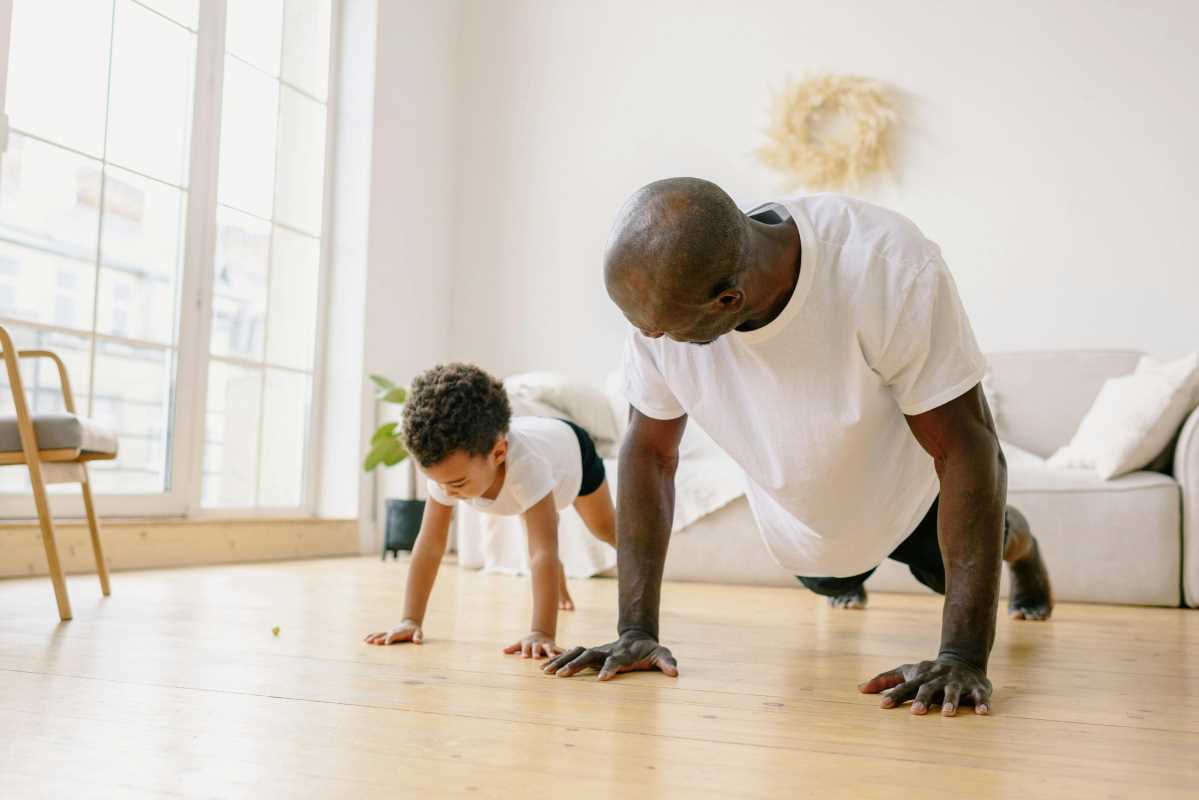Seeing your child grow and thrive brings parents immense joy. When you encourage them to participate in fitness activities, you not only support their physical well-being but also contribute to their overall development. These activities play a crucial role in boosting their confidence. As they set and reach fitness goals, they experience a sense of achievement that positively impacts other aspects of their lives. This process nurtures their resilience and bolsters their self-esteem, equipping them with vital life skills. By fostering a love for fitness, you lay the groundwork for their future success and happiness.
Understanding Fitness-Based Goal Setting
- Enhances Self-Esteem: Achieving fitness goals boosts a child’s belief in their abilities.
- Encourages Discipline: Setting and working towards goals teaches children the value of persistence and hard work.
- Promotes Healthy Habits: Establishing fitness routines helps children develop lifelong healthy habits.
- Improves Social Skills: Participating in group activities builds teamwork and communication skills.
- Builds Resilience: Overcoming challenges in fitness activities strengthens a child’s ability to handle setbacks.
Fitness-based goal setting provides a structured way for children to challenge themselves and celebrate their progress. By setting achievable targets, children learn to prioritize and manage their time effectively. These goals can fit each child’s unique interests and abilities, making the process both meaningful and motivating.
Types of Fitness Activities for Children
- Team Sports: Sports like soccer, basketball, and baseball teach teamwork and strategic thinking.
- Individual Sports: Activities such as swimming, gymnastics, and martial arts promote personal responsibility and self-improvement.
- Dance and Aerobics: These activities improve coordination and provide a fun way to stay active.
- Outdoor Adventures: Hiking, biking, and skateboarding encourage exploration and physical endurance.
- Fitness Games: Interactive games like tag or obstacle courses make exercise enjoyable and engaging.
Incorporating a variety of fitness activities into a child’s routine keeps them interested and prevents boredom. It’s important to consider the child’s preferences and strengths when selecting activities to ensure they remain motivated and committed.
Balancing structured activities with free play allows children to discover what they enjoy most, nurturing a lifelong love for staying active. Mixing different types of exercises helps develop a well-rounded physical skill set and reduces the risk of overuse injuries.
Steps to Set Fitness Goals with Your Child
- Start with a Conversation: Discuss what activities your child enjoys and what they would like to achieve.
- Set SMART Goals: Ensure goals are Specific, Measurable, Achievable, Relevant, and Time-bound.
- Create a Plan: Outline the steps needed to reach the goals, including schedules and necessary resources.
- Monitor Progress: Regularly check in on how your child is doing and make adjustments as needed.
- Celebrate Achievements: Recognize and reward milestones to keep your child motivated.
Making the goal-setting process fun and collaborative helps children feel invested in their fitness journey. Encourage them to take ownership of their goals while providing guidance and support. Visual aids like charts or journals can help track progress and make the journey tangible.
Involving your child in choosing their goals ensures that the objectives are meaningful and aligned with their interests. This personalized approach increases the likelihood of sustained effort and long-term success.
Overcoming Challenges in Fitness Goal Setting
Implementing fitness goals with children can come with its share of obstacles. One common challenge is maintaining motivation, especially when progress seems slow. To address this, break larger goals into smaller, more manageable tasks that provide frequent opportunities for success.
Another issue might be balancing fitness activities with other responsibilities like schoolwork or extracurriculars. Creating a realistic schedule that prioritizes time effectively can help mitigate this. Be prepared to adapt goals as your child grows and their interests change, ensuring that the fitness journey remains enjoyable and relevant.
Building Confidence Through Achievements
Each fitness milestone your child reaches becomes a building block for their confidence. Whether they master a new skill in soccer or complete a challenging hike, these achievements reinforce their sense of capability. Regularly acknowledging their progress and effort helps instill a positive self-image and encourages them to set and pursue new goals.
By integrating goal setting, children learn to navigate successes and setbacks alike, developing resilience that will benefit them in all aspects of life.
Supporting your child’s fitness journey becomes an investment in their overall confidence and well-being. By setting and achieving fitness goals together, you help them build a strong foundation for a healthy, confident future.
 (Image via
(Image via